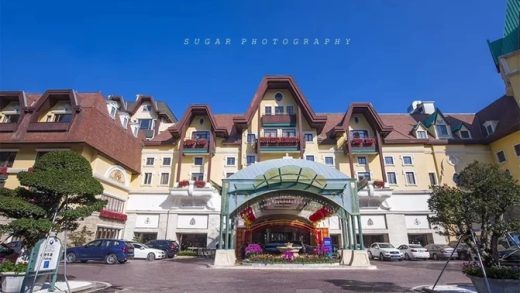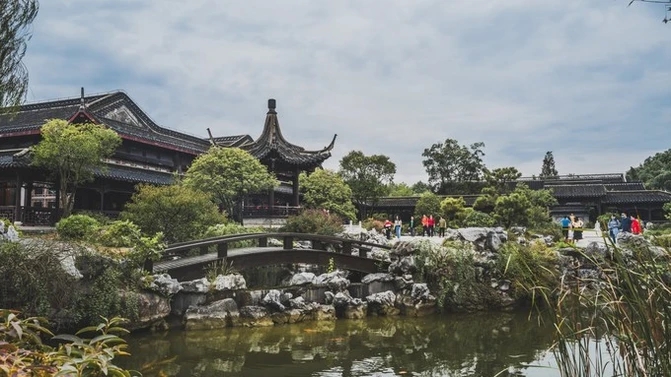
A “Bittersweet” Journey to Yangzhou: A Feast for the Senses
Introduction
In the golden October of 2020, I embarked on a 5 – day journey to Yangzhou with my friends. With a budget of around 5000 yuan per person, our itinerary was filled with delicious food, amazing photography opportunities, rich cultural experiences, and the freedom to explore at our own pace.
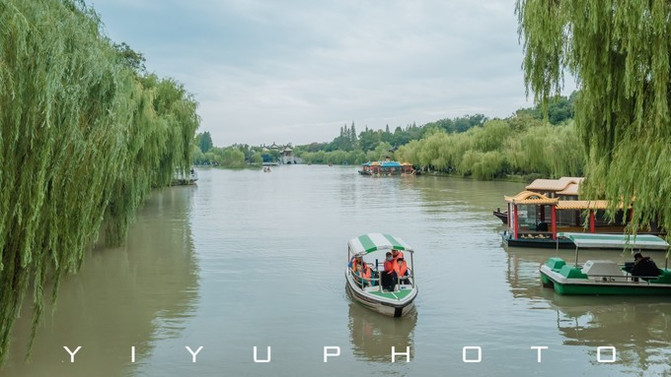
Yangzhou in My Memory
Yangzhou has always been a place of fascination, thanks to the numerous famous poems. Lines like “Of the three – part moonlight on a night in the world, two parts’ charm lies in Yangzhou”, “My old friend left the west where the Yellow Crane Tower stands; In flowery March for Yangzhou down the Yangtze he plans”, and “With ten thousand strings of cash in hand, on a crane I’d fly to Yangzhou” have painted a vivid picture of its beauty in my mind.
When I finally stood on the bridge of Slender West Lake, looking at the greenery and the rippling blue waves, all I could say was “How beautiful!” and “Why are there so many people?” It wasn’t until the tour guide recited the poem about the Twenty – Four Bridges on a moonlit night that I suddenly remembered the beauty described in “Green mountains afar, blue waters go on and on; At autumn’s end, grass in the South is still green”. As a northern girl, I had only imagined the elegance of the South before. Now, seeing the green willow branches swaying in the autumn breeze, I felt like I had stepped into a poem.
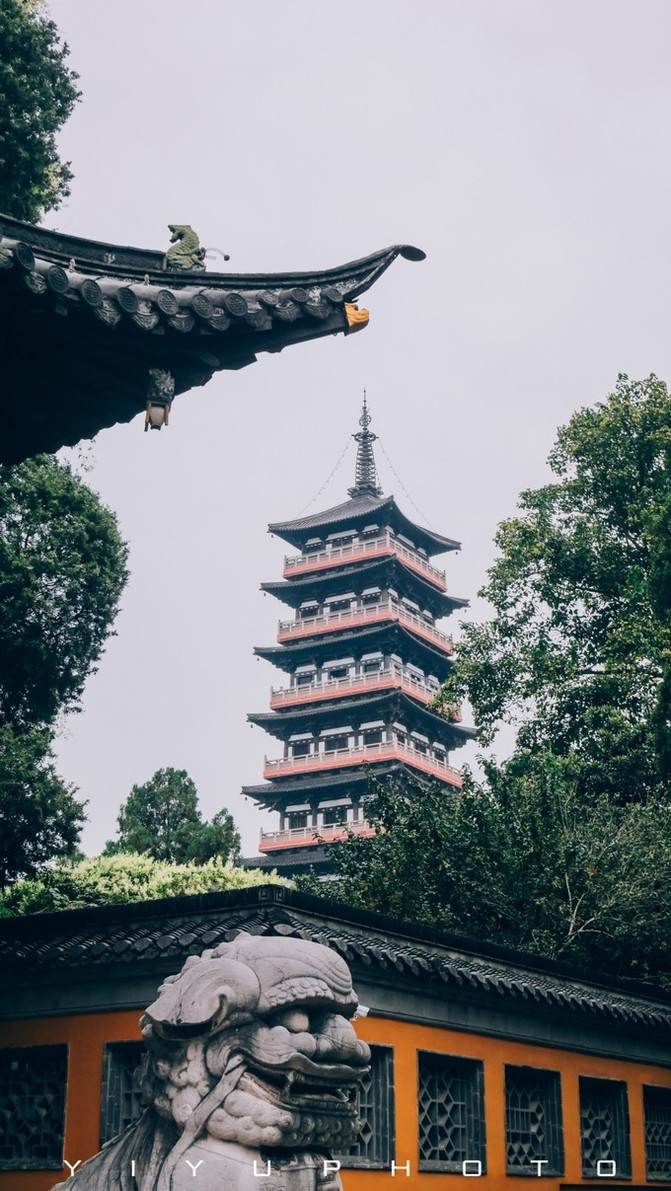
The “Crowded” Journey
I had forgotten what it was like to travel during the National Day holiday peak season. The crowds in Yangzhou were really a shock to me. I thought Yangzhou was only popular in March. But in this rainy autumn, it was just as bustling. The lively city brought back the grand and prosperous scenes of the past. People were leisurely enjoying the slow – paced Yangzhou life. From day to night, the streets were full of fun. The Canal Carnival with various shows added to the festive atmosphere.
Slender West Lake: A World Heritage of Exquisite Gardens
The Slender West Lake, originally a wide river outside Yangzhou City, is winding and shaded by green trees. It was formerly known as Baoyang Lake, located in the north – western suburbs of Yangzhou. It predates the canal and thrived because of it, earning the reputation of “having the most magnificent gardens under heaven”. Covering an area of more than 480 mu and stretching 4.3 kilometers, it was the moat of the Tang and Song dynasties. In the Ming and Qing dynasties, wealthy salt merchants hired famous garden designers to build water gardens along the river.
The recommended attractions include the Twenty – Four Bridges, Xiaojinshan, and the Five – Pavilion Bridge. My favorite is the Five – Pavilion Bridge. Its five pavilions are like lotuses emerging from the water, and the bridge holes with natural curves make the whole bridge look light and elegant, just like a beautiful belt on the Slender West Lake.
There is also a place called “Dead Tree Comes Back to Life”. It was an ancient ginkgo tree struck by lightning. Later, gardeners planted Chinese trumpet creeper on it, and in late spring and early summer, it becomes a beautiful sight with lush flowers and leaves.
In Xiaojinshan, a scenic spot among the Twenty – Four Scenes of the Slender West Lake, there is a stalactite bonsai between two ginkgo trees. It is a relic of the “Flower and Stone Gang” in the Song Dynasty. When ginkgo leaves fall on it, it looks like golden butterflies, and the view from different angles is simply enchanting.
Daming Temple: The Moon of Yangzhou Lights up the Sky of Nara
The saying “The moon of Yangzhou lights up the sky of Nara” comes from a Japanese netizen’s post. In fact, what is called the “Little Nara in China” is because Nara learned from the garden architecture design of the Tang Dynasty in China. Master Jianzhen set off from Yangzhou and spread Tang culture in Nara, influencing the Buddhist temples there. Now, Yangzhou and Nara are sister cities.
Daming Temple is located in the north – western suburbs of Yangzhou. It was named after the Daming period (457 – 464 AD) of Emperor Xiaowudi of the Southern Song Dynasty. Over the past 1500 years, its name has changed many times. Master Jianzhen served as the abbot here, making it an important ancient temple in the history of Sino – Japanese Buddhist cultural exchanges. The Pingshan Hall was built by Ouyang Xiu during the Qingli period of the Northern Song Dynasty. Standing in front of the hall, you can overlook the southern mountains at eye – level.
The main hall, the Mahavira Hall, is magnificent with a triple – eave hip – and – gable roof, grey tiles, and a carved ridge. There is a mirror on the ridge, and the inscriptions “Good weather” and “Peace and prosperity of the country” on the front and back respectively.
The Qiling Pagoda was first built in 601 AD. Although the original one was destroyed in 843 AD, the current one was rebuilt in 1995 according to historical records. When the wind blows, the wind chimes under the eaves ring, blending with the Buddhist chanting inside.
In the temple, there is also a statue of Master Jianzhen carved from a whole piece of nanmu by the Central Academy of Fine Arts. The statue shows his firm and profound spirit. The Ouyang Ci commemorates Ouyang Xiu, and the Gulin Hall was built by Su Shi to remember his teacher Ouyang Xiu.
Songjia City: Fun from Morning till Night
Yangzhou in the Song Dynasty had three cities: Song Dacheng, Songjia City, and Baoyou City. Songjia City, between the other two, is now a sports and leisure park. It has various sports facilities and a large children’s leisure park. The children’s restrooms are well – designed with considerate family rooms.
The “Thousand – Mile Canal Market” on the Wutong Avenue in the scenic area is very lively. It gathers local specialties, time – honored snacks, and intangible cultural heritage creative products from 25 canal cities and Yulin in Shaanxi. There are also street performers such as those doing shadow puppetry and balloon – shaped dolls.
The evening shows are even more exciting. There are parades with performers from different countries, including Brazilian samba dancers, Hawaiian hula dancers, African drummers, and international clowns. The highlight is the “Thousand – Year Canal, Wonderful Life” naked – eye 4D light show on the city wall, which uses high – tech means to tell the story of the Grand Canal and Yangzhou.
Jianying Bridge: A New Internet – Famous Attraction in Canal Sanwan
The Jianying Bridge, inspired by Yangzhou’s folk paper – cutting and paper – flower art, is very photogenic with its Chinese red color against the blue sky. Its unique and elegant design makes it a new landmark in Yangzhou. The best angle to view it is from the sloping lawn. The wetland scenery and the large – scale pine trees at the entrance of the scenic area are also great for taking photos. The whole area has a green plastic runway, sports facilities, and an Lingbo Bridge opposite it. It’s a great place to experience the slow life in Yangzhou and a good destination for a family trip.
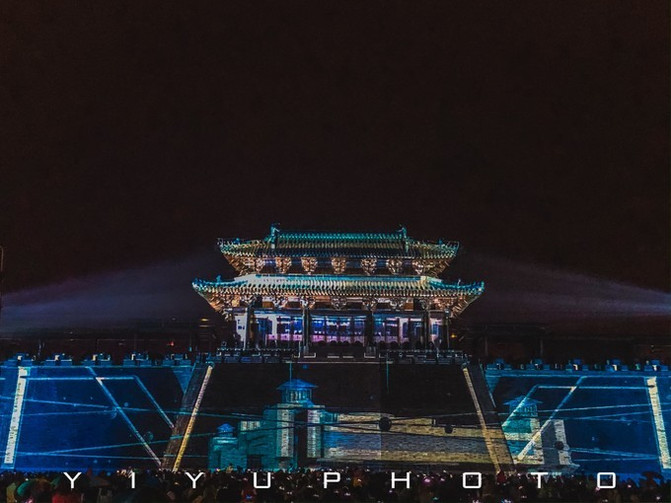
Experiencing Yangzhou’s Culture
Yangzhou has many free scenic spots that are no less charming. Places like Songjia City, the Ancient Canal, and the Canal Sanwan Scenic Area are suitable for family vacations and outdoor activities. The 486 Intangible Cultural Heritage Agglomeration Area and Dongguan Old Street allow you to appreciate the beauty of culture.
486 Intangible Cultural Heritage Agglomeration Area
Named after 486 BC, the beginning of Yangzhou’s canal culture, this area is a great place to quickly understand Yangzhou’s intangible cultural heritage. You can see delicate Yangzhou birdcages, the exquisite skills of gold and silver handicrafts, well – known paper – cutting and embroidery, as well as novel lacquerware, pith flowers, and the famous foot – care skills in Yangzhou.
Dongrongyuan: A Place to Listen to Yangzhou Opera and Drink Tea
Dongrongyuan, once a salt merchant’s residence, has a rich history. It was also the home of Li Hongzhang’s niece and Shen Congwen’s mother – in – law. Now, you can sit in the courtyard, drink tea, and listen to Yangzhou opera, feeling the passage of time.
The “Three Knives” Cultural Agglomeration Area
On Changchun Road, there are three museums: the Yangzhou Hairdressing Museum, the Yangzhou Traditional Foot – care Museum, and the Yangzhou Huaiyang Cuisine Museum. You can not only visit them for free but also experience the authentic skills. It’s a place that combines exhibition, experience, and interaction.
Cui Zhiyuan Memorial Hall
Built to commemorate the Silla literati Cui Zhiyuan who once served as an official in Yangzhou, it is the first memorial hall for a foreign celebrity on the Chinese mainland. The Yangzhou Tang City Ruins Museum has a “Cui Zhiyuan Historical Materials Exhibition Hall” that displays various historical materials, pictures, and cultural relics related to Cui Zhiyuan and Yangzhou. Every year, the South Korean Cui clan association organizes large – scale sacrificial activities here.
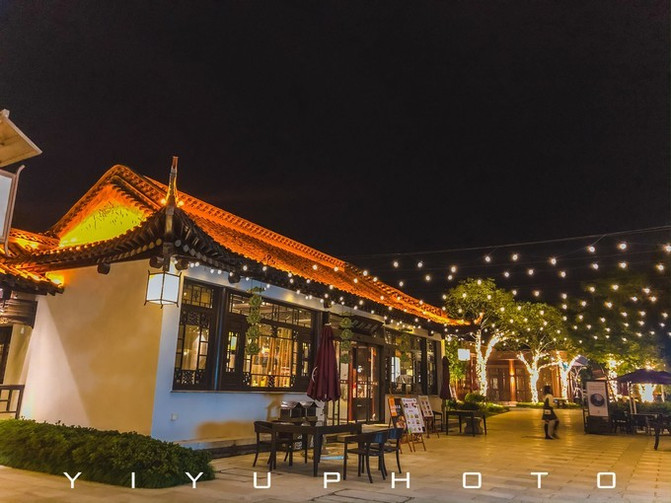
The Gastronomic Delights of Yangzhou
Yangzhou is known as the “World Capital of Gastronomy”. There are many delicious local foods to try.
Yechun Tea House
Located in Yechun Garden, one of the eight famous gardens in the Qing Dynasty, Yechun Tea House offers a combination of delicious food, beautiful scenery, and pleasant music. The cold dishes are amazing, especially the crystal meat jelly. The fresh abalone cups are fragrant and nutritious. The main courses like pigeon, oxtail, and mutton are of high quality. The stir – fried river shrimps are light and tender, the salted old goose is delicious, and the boiled assorted dishes are very flavorful.
Jinchun Hotel
Yangzhou’s morning tea culture is very famous. Jinchun Hotel near the Slender West Lake is a great place to start your day. You can ask the staff for a picture – story book about morning tea (which you can take away). The recommended dishes include the crab roe soup dumplings. You need to make a small hole first and then suck the soup carefully as it’s very hot. The Sansheng Tea, a blend of Zhulan from Jiangsu, Longjing from Zhejiang, and Kuizhen from Anhui, is refreshing and helps remove greasiness. The shredded dried bean curd, thousand – layer oil cake, five – diced buns, and other snacks are all must – tries.
Other Culinary Spots
Yangzhou Yan near Songjia City offers dishes like drunken crabs, crystal shrimps, Gaoyou Lake ducks, and crystal meat jelly. The 7 – eat – 8 Bar Sunshine Restaurant in Yangzhou Hongqiaofang Hot Spring Hotel focuses on fashionable Huaiyang cuisine. The Canying Villa near the east gate of the Slender West Lake is built in the style of a traditional Yangzhou garden, with a long corridor, pavilions, ponds, and bridges.
Yangzhou has ten famous snacks, ten top – flavored snacks, and ten characteristic snacks. As the saying goes, you have to taste them in person to truly understand their deliciousness. After enjoying so much food, I was both happy and worried about my weight.
The Relaxing Night in Yangzhou
In Yangzhou, the local lifestyle of “having tea in the morning and taking a bath at night” is worth experiencing. On a rainy night, we went to a hot spring to soak and scrub, getting rid of the cold of the autumn. The night in Yangzhou is incredibly beautiful. Whether it’s a night tour in the park or exploring the night markets, you shouldn’t miss it.
Hermitage Slender West Lake
Opposite the crowded scenic area, this place is very quiet. It has ponds and green trees, with a deep and elegant scenery. The hotel is well – located, next to the Slender West Lake Night Market and across from the Slender West Lake Scenic Area. It offers a variety of creative Huaiyang cuisine, a children’s play area, a sandbox, and private hot spring rooms, which are very suitable for a family trip.
Novotel Yangzhou Slender West Lake
Although not very large, this hotel is fully functional. It has a sunny swimming pool, service robots, and free coffee and fruits. The service staff is very considerate. The restaurant here also serves delicious food, and I had my first Yangzhou fried rice here.
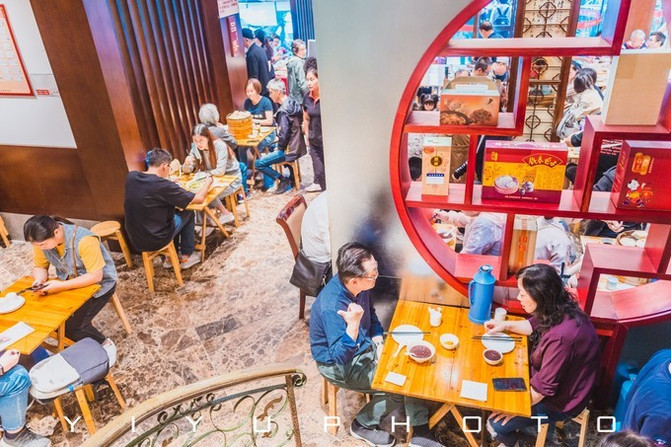
Conclusion
This journey to Yangzhou was a “bittersweet” one. It was crowded at times, I gained weight from all the delicious food, and I felt a bit lonely without my child. But Yangzhou is a city that deserves to be explored slowly. I’m looking forward to my next trip, especially a family trip with my child. Yangzhou, with its rich history, beautiful scenery, and delicious food, has left an indelible mark on my heart.




